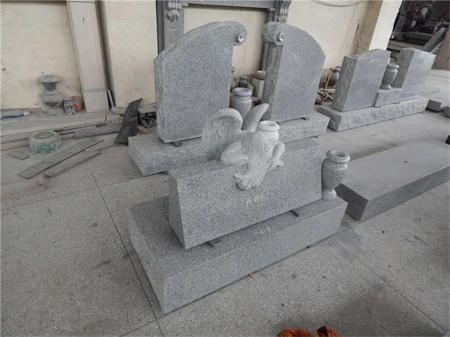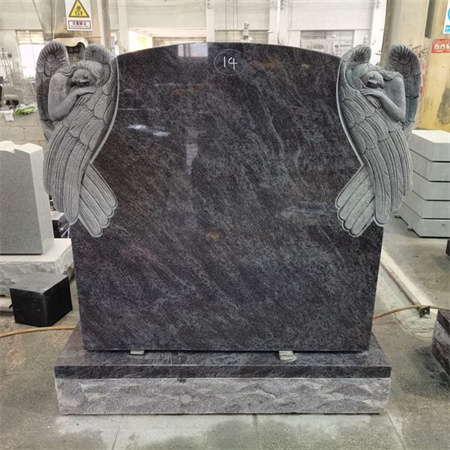How Granite Memorial Stones Shaped Cemetery Traditions in Europe

How Granite Memorial Stones Shaped Cemetery Traditions in Europe
The role of memorial stones in European cemeteries transcends their function as simple markers of the deceased. For centuries, these stones have played a crucial part in shaping cultural customs and religious practices around death and remembrance. Among the different materials used, granite has become the stone of choice for memorializing loved ones, and its influence on cemetery traditions in Europe is profound.


Granite also played a central role in the shift from traditional burial practices to the establishment of modern cemeteries. As urban populations grew, the need for organized burial spaces led to the creation of larger, more structured cemeteries in the 18th and 19th centuries. In these new cemeteries, memorial stones began to reflect an evolving approach to death and remembrance. No longer just markers for the burial of the dead, granite stones became symbols of personal and familial identity. They were personalized, inscribed with names, dates, and epitaphs that told the stories of lives lived, creating a sense of connection between the living and the dead. This change in cemetery design and memorialization was closely tied to the increasing importance of individualism in European societies during this time.
The emergence of the modern cemetery, complete with well-manicured grounds, rows of neatly placed granite gravestones, and designated spaces for memorials, marked a shift in how death was perceived. The development of cemeteries as landscaped spaces for reflection and remembrance coincided with the rise of a more secular approach to death. While the religious symbolism of crosses, angels, and saints was still prevalent, there was also a growing movement toward more personal tributes. Granite, being both sturdy and aesthetically pleasing, allowed families to craft memorial stones that were not only reflective of religious beliefs but also of the individual’s life, values, and personality.
In addition to its aesthetic appeal, granite is also a symbol of permanence. Unlike other materials that weather and decay over time, granite gravestones remain largely unchanged, often outlasting the test of time. This resilience resonates deeply with the human desire for continuity and remembrance. For many families, the granite memorial stone becomes a lasting symbol of their love and respect for the departed, a marker that ensures the memory of their loved one endures through the ages.
However, as European cemeteries continue to evolve, granite memorial stones face new challenges. With increasing environmental awareness, some families and municipalities are opting for more sustainable alternatives. Despite this, granite remains deeply embedded in European burial traditions. It’s hard to imagine a cemetery without the familiar sight of these sturdy stones, standing tall against the passage of time, serving as silent sentinels of memory.
Granite memorial stones have not only shaped the physical landscape of cemeteries but have also influenced the way we think about death and legacy. They remind us of the inevitability of time, the fragility of life, and the enduring need to honor those who came before us. As the role of cemeteries continues to evolve, one thing remains certain: granite, with its quiet strength and timeless beauty, will continue to play a central role in shaping the traditions of remembrance across Europe for generations to come.
